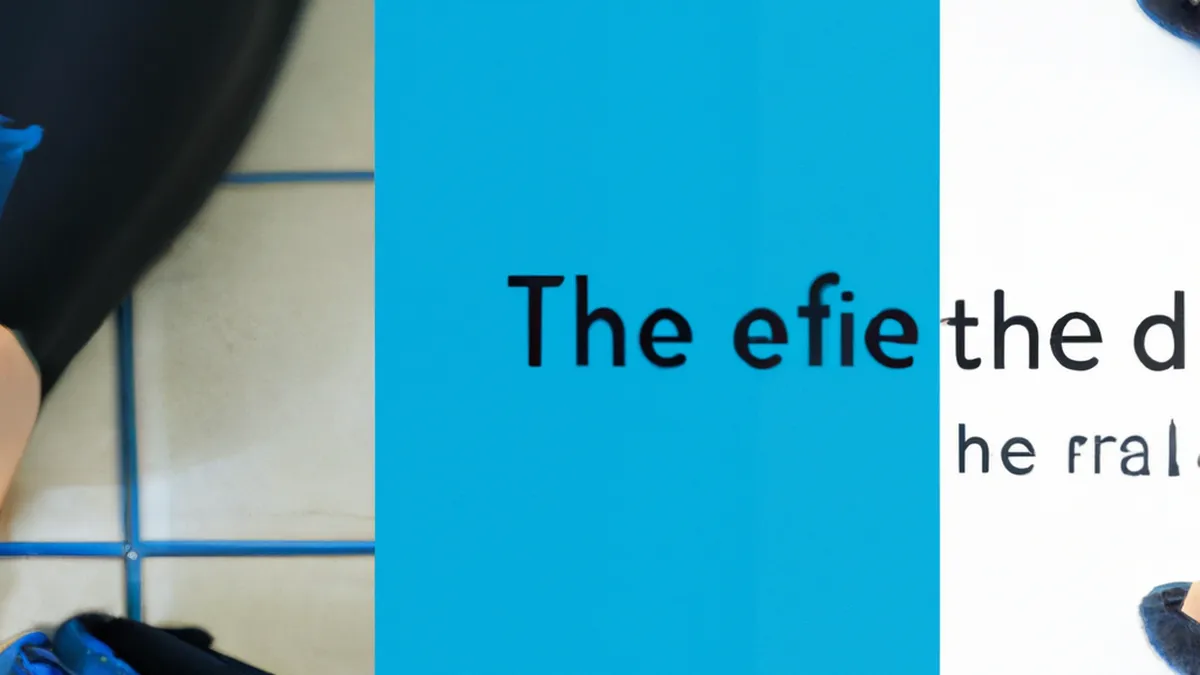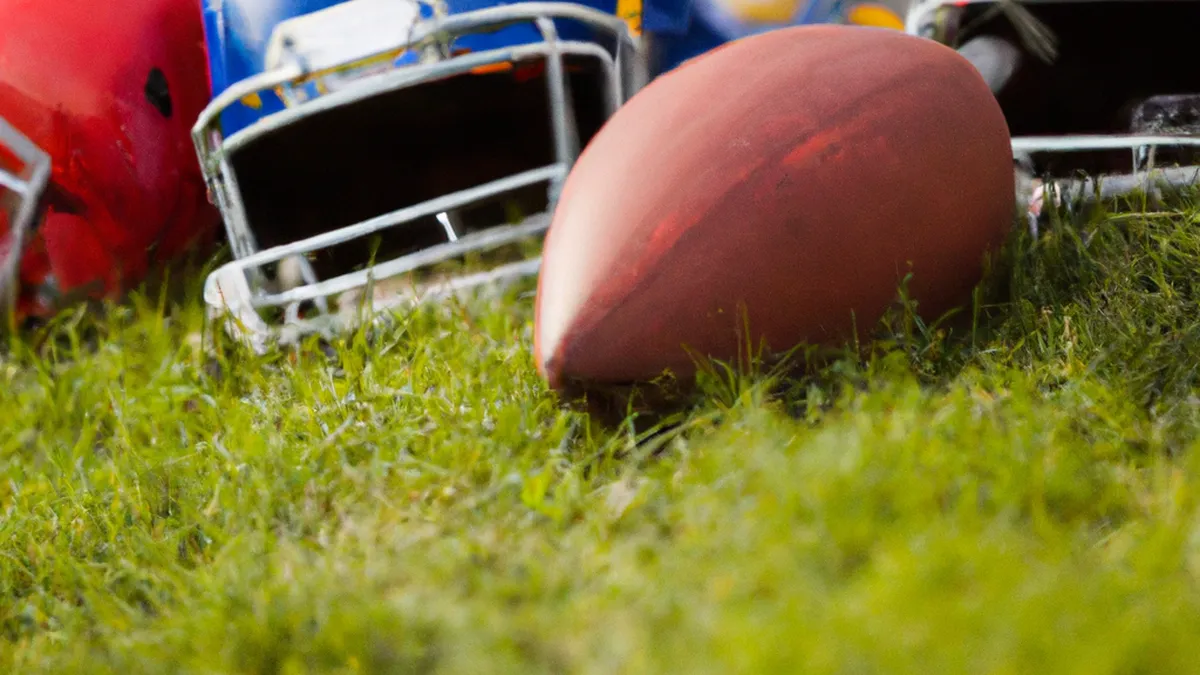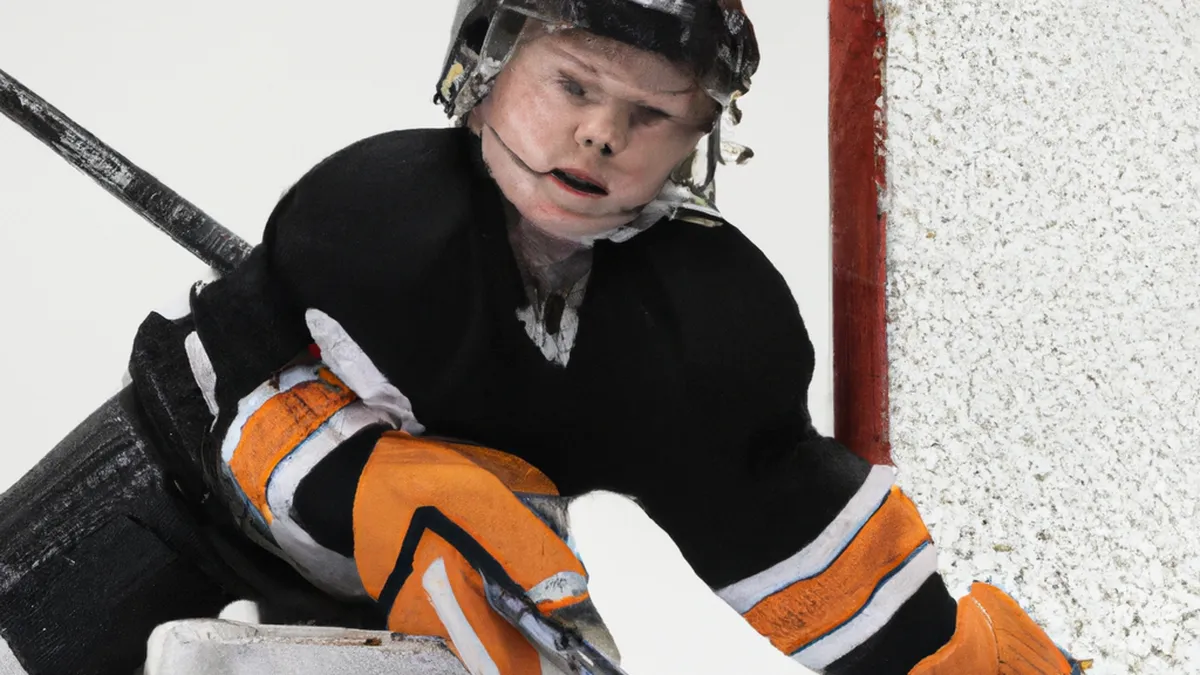Dance Your Way to Futsal Recovery
Active Recovery Methods in FutsalFutsal features quick movements and intense energy bursts. Players often feel physically drained during matches. Effective recovery methods become essential. Active recovery helps players sustain performance, reduce fatigue, and improve well-being. This post explores active recovery techniques for futsal players.
What Is Active Recovery?
Active recovery involves low-intensity exercise after high-intensity activities. Unlike passive recovery, active recovery keeps the body moving gently. This method flushes lactic acid from muscles, promotes blood flow, and delivers nutrients to tired tissues. Active recovery speeds up recovery, helping athletes bounce back quickly.
Key Active Recovery Techniques for Futsal Players
As an Amazon Associate I earn from qualifying purchases.
Gear tip: consider high density foam roller, massage oil, and massage gun to support this topic.
1. Light Jogging
Light jogging offers a simple, effective recovery method. After matches, players should jog for 10 to 15 minutes. This gradual intensity reduction cools down muscles and boosts circulation. Improved circulation helps nutrients reach damaged tissues, aiding recovery and minimizing injury risk.Light jogging also helps players transition mentally from the game’s intensity. It allows reflection on performance and preparation for future training sessions.
2. Dynamic Stretching
Dynamic stretching plays a vital role after futsal matches. This stretching involves movements that mimic sport actions. Leg swings, arm circles, and torso twists enhance flexibility and range of motion.Adding dynamic stretching to recovery routines reduces muscle tightness and prepares the body for upcoming sessions. Maintaining flexibility allows players to perform movements efficiently and lowers injury risk.
3. Foam Rolling
Foam rolling offers another effective active recovery method. Players use foam rollers to apply pressure on specific muscle groups, releasing tension and enhancing recovery. Focus on thighs, calves, and back, spending at least 10 minutes on these areas.Foam rolling breaks up adhesions in muscles and fascia, improving blood flow and reducing soreness. It also enhances overall mobility, helping players maintain optimal performance throughout the season.
4. Swimming or Cycling
Players can benefit from light swimming or cycling after matches. Both activities provide low-impact cardiovascular workouts. These exercises promote circulation and relieve muscle soreness without added strain.
Conclusion
Incorporate these active recovery techniques into your routine to enhance recovery and maintain performance.
Below are related products based on this post:
FAQ
What is active recovery?
Active recovery involves low-intensity exercise performed after high-intensity activities. It keeps the body moving gently, which helps flush lactic acid from the muscles, promotes blood flow, and delivers essential nutrients to tired tissues. This method accelerates recovery, allowing athletes to bounce back more quickly.
What are some effective active recovery techniques for futsal players?
Effective active recovery techniques for futsal players include light jogging, dynamic stretching, foam rolling, and engaging in low-impact activities like swimming or cycling. These methods help reduce fatigue, improve flexibility, and enhance circulation, which aids in recovery and minimizes the risk of injury.
How does light jogging benefit futsal players after a match?
Light jogging for 10 to 15 minutes after a match helps cool down the muscles and boosts circulation. This gradual intensity reduction aids in nutrient delivery to damaged tissues, thereby facilitating recovery and allowing players to mentally transition from the game’s intensity.















Post Comment